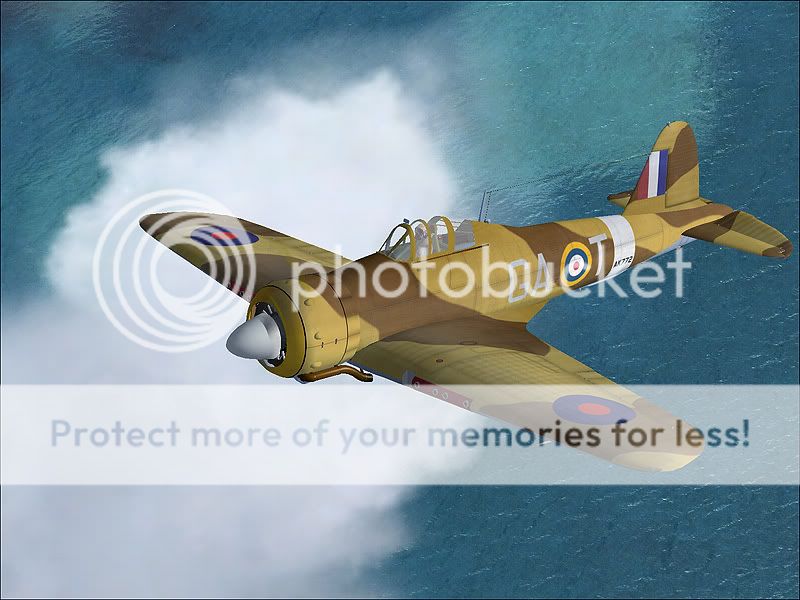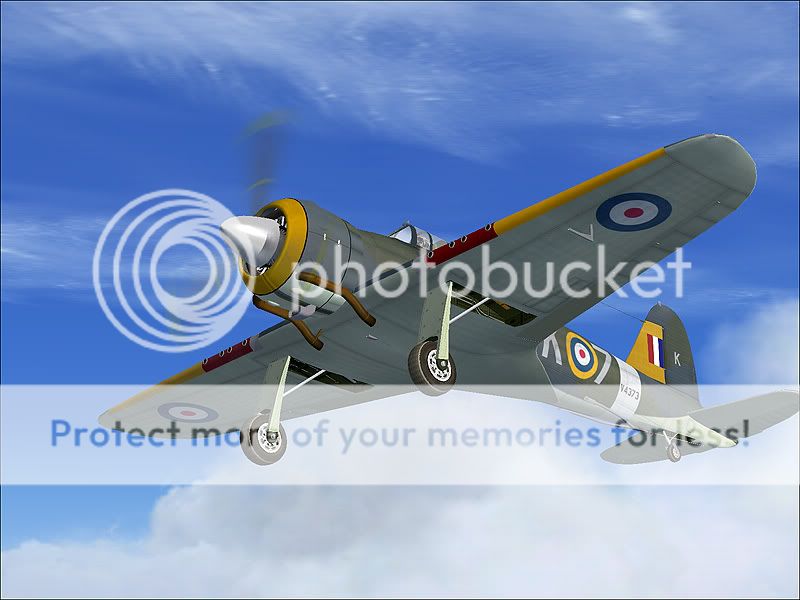SinghKing
Banned
In an ATL I've been working on, I'm considering the potential repercussions of the Gloster Aircraft Company being taken over by Bristol instead of Hawker in 1934. Could the Gloster (/Bristol) F.5/34, also known as the "Unnamed Fighter" or the "British Zero", have entered service with the RAF ITTL? IOTL, Hawker effectively forced Gloster to abandon any further development of this fighter aircraft as soon as the Hawker Hurricane entered service with the RAF- but there's no such conflict of interest ITTL, and no real reason why it shouldn't be plausible for the RAF to order this aircraft (name suggestions would be very much appreciated) into production in 1938 along with the Hurricane and the Spitfire.
If so, how would this have affected the Battle of Britain? And with the Bristol Company investing more heavily into developing newer, more powerful radial engines for fighter aircraft, could we see a British equivalent to the R-2800 Double Wasp engine (the Bristol Double Mercury? Name suggestions appreciated here as well) being developed by the Bristol Aircraft Company for newer, more powerful radial fighter aircraft over the course of the war? And with the Gloster Aircraft Company otherwise occupied, who else does the Air Ministry issue their specification, for an aircraft to test one of Frank Whittle's turbojet designs in flight, to instead?


If so, how would this have affected the Battle of Britain? And with the Bristol Company investing more heavily into developing newer, more powerful radial engines for fighter aircraft, could we see a British equivalent to the R-2800 Double Wasp engine (the Bristol Double Mercury? Name suggestions appreciated here as well) being developed by the Bristol Aircraft Company for newer, more powerful radial fighter aircraft over the course of the war? And with the Gloster Aircraft Company otherwise occupied, who else does the Air Ministry issue their specification, for an aircraft to test one of Frank Whittle's turbojet designs in flight, to instead?


Last edited: